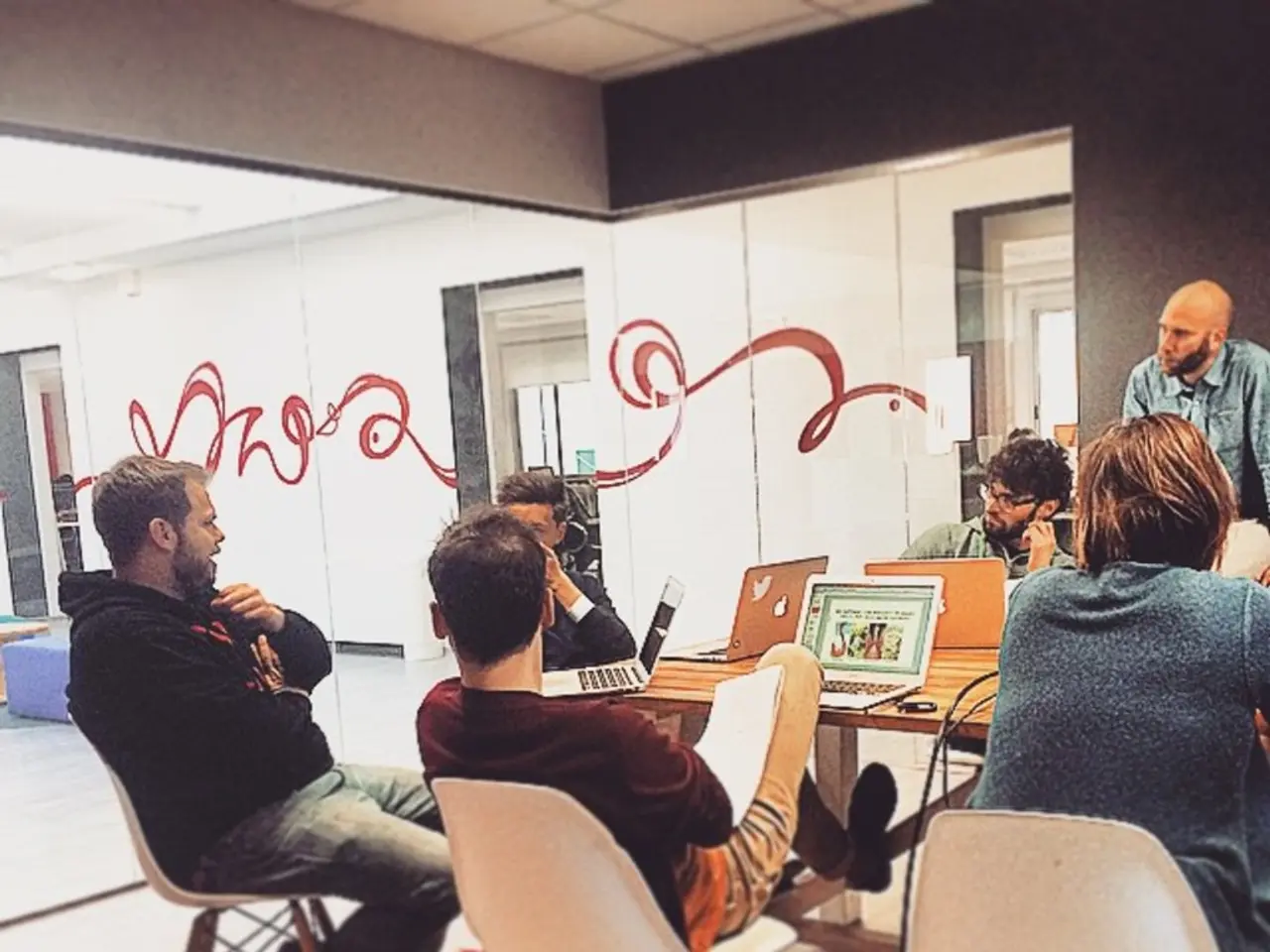Encountering Cold Shoulder at Work? Strategies to Conquer Silent Treatment and Foster Confidence
Stonewalling in the Workplace: A Silent Barrier to Productivity and Collaboration
Stonewalling, a form of emotional shutdown, is a significant issue that can arise in the workplace. This behavior sends a powerful message of avoidance and emotional distance, creating ambiguity and uncertainty for those on the receiving end.
Recognizing Stonewalling in the Workplace
Stonewalling can manifest in various ways, including ignoring what others are saying, changing the subject to avoid uncomfortable discussions, and non-communication or withdrawal during meetings, emails, or digital interactions. Emotional cues such as reluctance to speak, hesitancy, or visible discomfort may also be indicators. In some cases, physiological signs related to stress, such as an elevated heart rate or tension, may be present.
The Impact of Stonewalling on Workplace Dynamics
The effects of stonewalling in the workplace are far-reaching. Emotional distance between colleagues can lead to frustration, resentment, and feelings of neglect or being unappreciated. This disruption of team dynamics contributes to a toxic work environment and lowered overall morale and performance.
Stonewalling also creates psychological safety issues, where employees feel insecure or anxious about expressing honest feedback due to fear of negative reactions, weakening collaboration. Unresolved conflicts persist, harming productivity, workplace relationships, and potentially leading to withdrawal or disengagement from work.
Breaking the Cycle of Stonewalling
Leaders who ignore stonewalling allow it to spread and teach others that it is acceptable to go silent when things get hard. Addressing stonewalling begins with recognizing it for what it is: a signal that something needs attention.
Documenting conversations can invite a response when follow-up isn't happening. Stonewalling punishes communication without openly acknowledging it, making people feel shut out without knowing why.
In a culture that encourages innovation, collaboration, and psychological safety, stonewalling works against every one of those goals by breaking the feedback loop and making people less likely to speak up next time.
Navigating Stonewalling with Curiosity
Approaching a situation of stonewalling with curiosity rather than accusation keeps the door open. The best workplaces are the ones that face stonewalling with clarity and courage, fostering an environment where open communication is valued and emotional barriers are addressed head-on.
Stonewalling can create silos, especially in remote or hybrid work environments. Common examples include a manager who listens to concerns about workload but never responds or follows up, or a coworker who consistently delays replying when conflict is involved.
Ultimately, stonewalling at work can damage trust, kill curiosity, and hurt workplace culture. By recognizing and addressing this behavior, we can create healthier, more productive, and more collaborative workplaces.
- Stonewalling, a form of emotional shutdown, can lead to conflict avoidance, especially in workplace discussions that are uncomfortable or complex, stemming from scientifically-rooted mental health issues.
- The practice of stonewalling can hinder employee engagement, as it weakens trust among colleagues, creates an unhealthy work environment, and undermines team dynamics – factors critical to the overall well-being and productivity of the business.
- Tackling stonewalling in the workplace requires leadership and a commitment to fostering communication, psychological safety, and collaboration, as well as addressing financial aspects that may contribute to the issue, such as workload and stress related to job burnout.
- By stimulating curiosity, encouraging open communication, and proactively addressing barriers to collaboration, organizations can ensure a health-and-wellness focused culture, promoting mental health, employee engagement, and a positive team culture.




